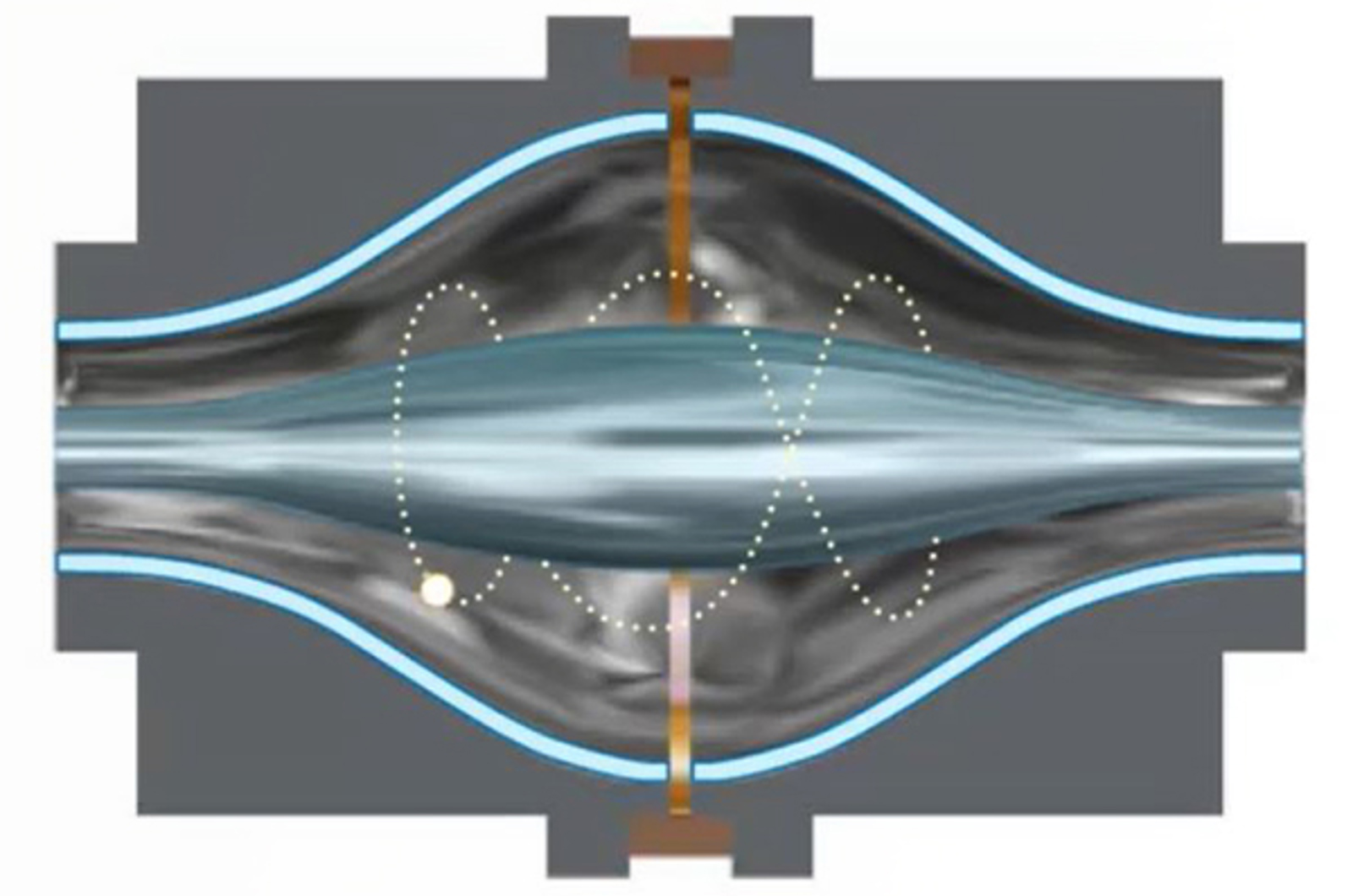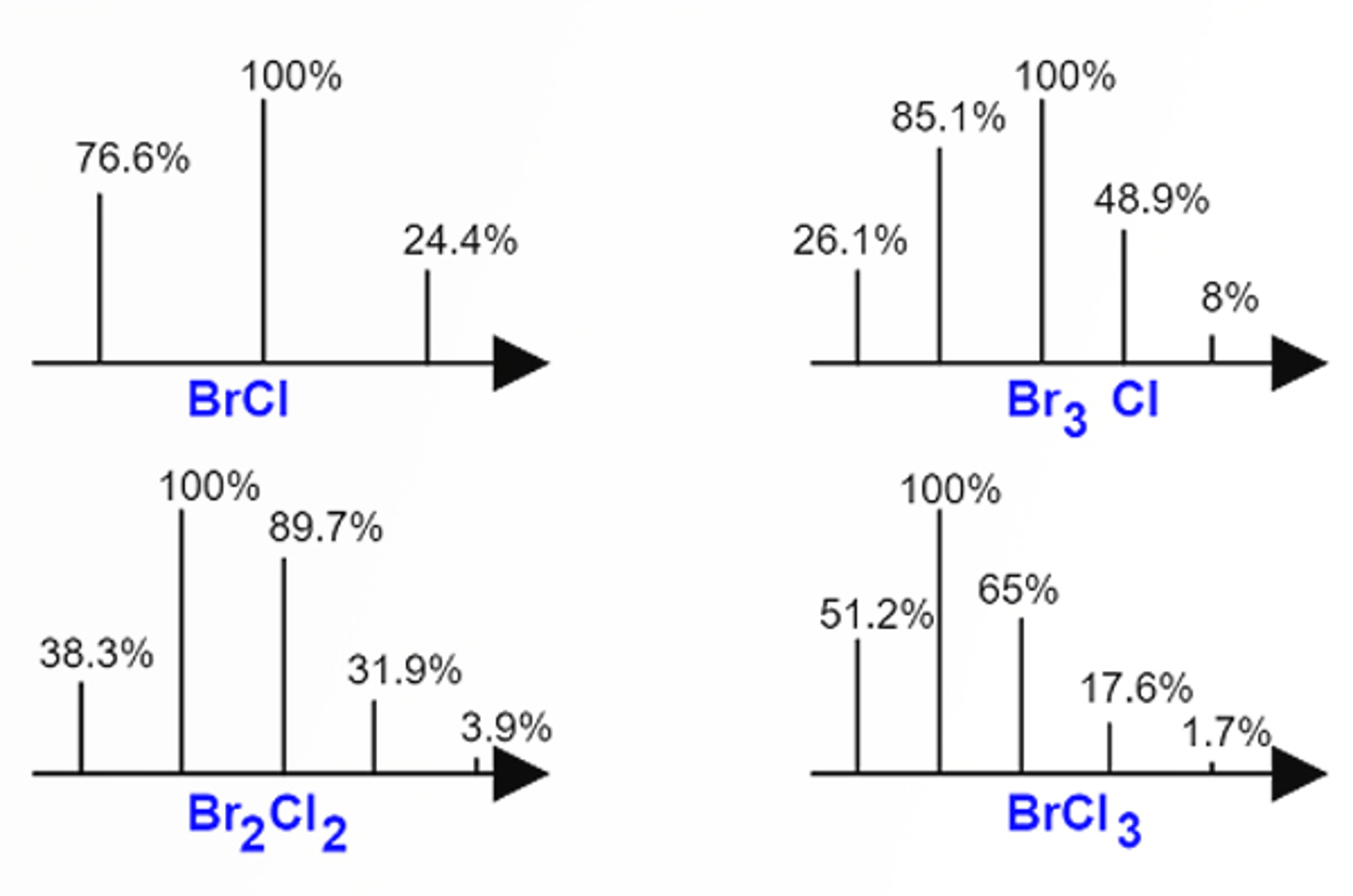LC-MS for New Analytical Scientists
Endorsed by

This learning path covers essential scientific theory, instrumentation setup, and in-depth training on system components for LC-MS users.
14 Modules
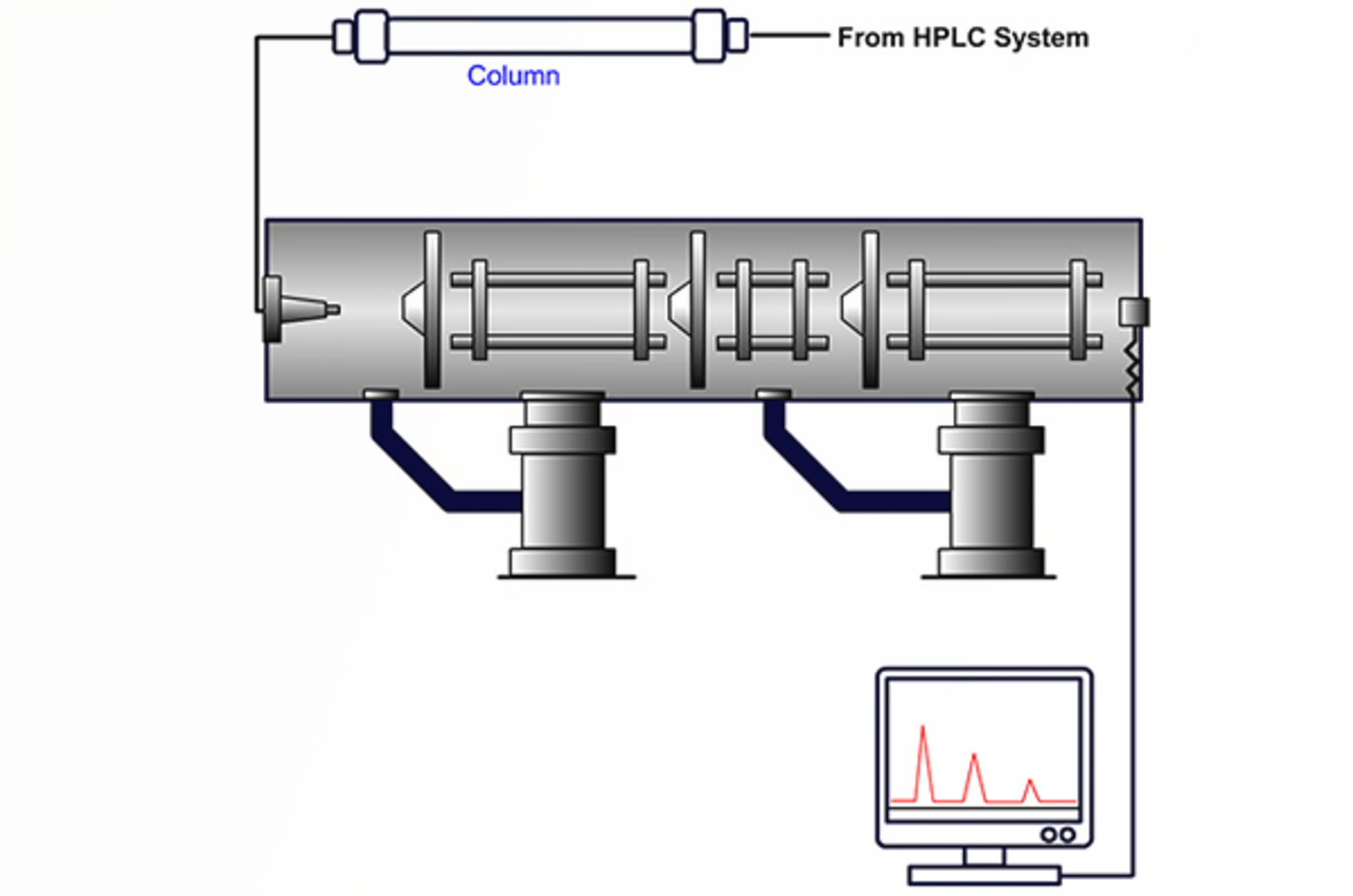
14 Items

LC-MS Introduction
LC-MS is a hyphenated technique, which combines the separating power of high performance liquid chromatography (HPLC), with the detection power of mass spectrometry (MS). LC-MS covers a broad range of application areas. This module explores the instrument acquisition methods used and examines the type of data that can be produced from such systems.
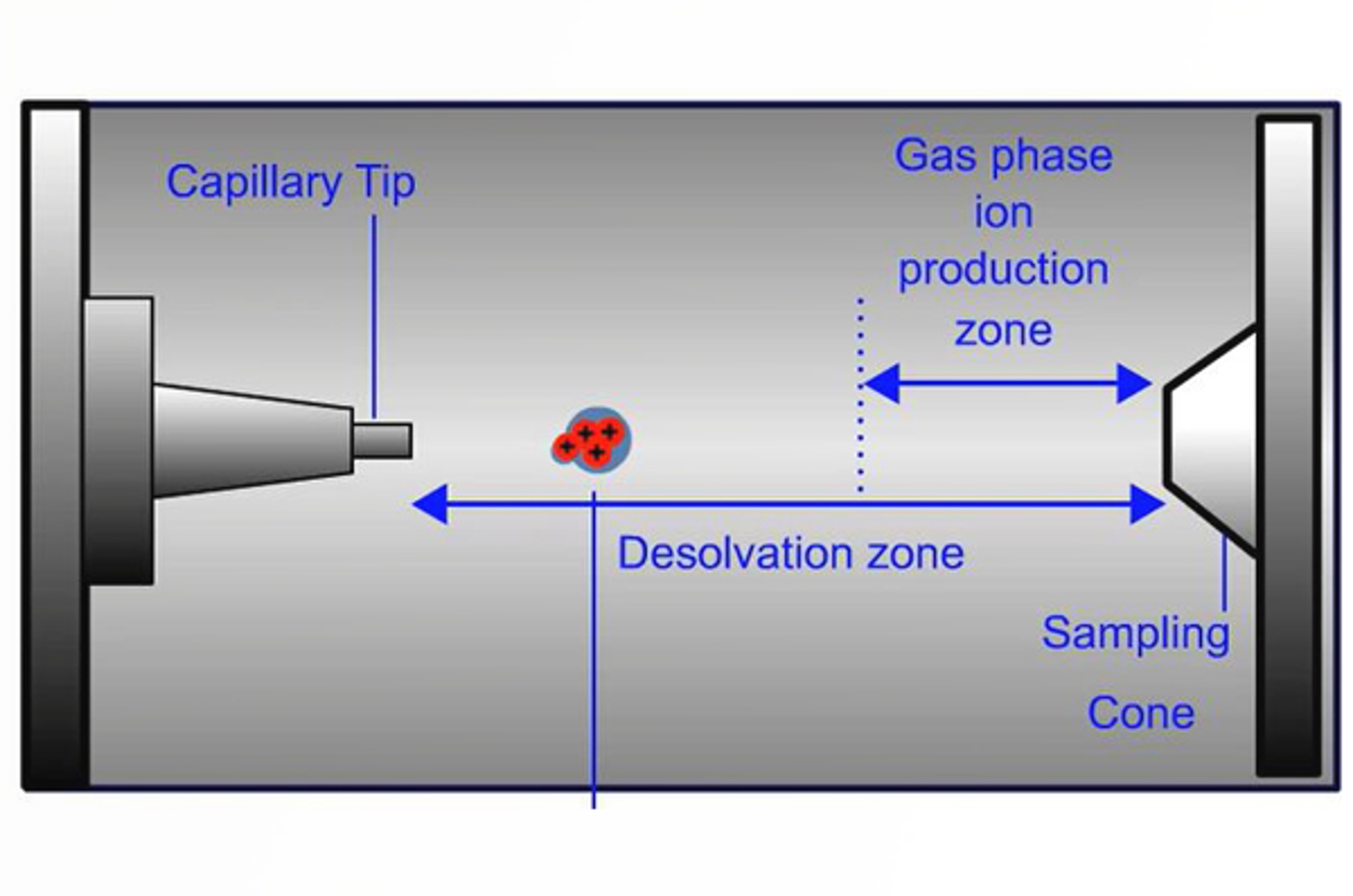
Electrospray Ionization (ESI) Theory
Electrospray is the dispersion of a liquid into electrically charged droplets, combining the two processes of droplet formation and droplet charging. The process of droplet charging is affected by eluent flow rate, liquid surface tension, and electrolyte concentration. This module explains the function of the major components of an electrospray interface and discusses ways to optimize signal using electrospray ionization.

Electrospray Ionization (ESI) Technique
This module discusses important parameters when carrying out electrospray ionization (ESI). Find out practical tips for overcoming ion suppression, optimizing sprayer position, and the role pH plays in signal intensity.
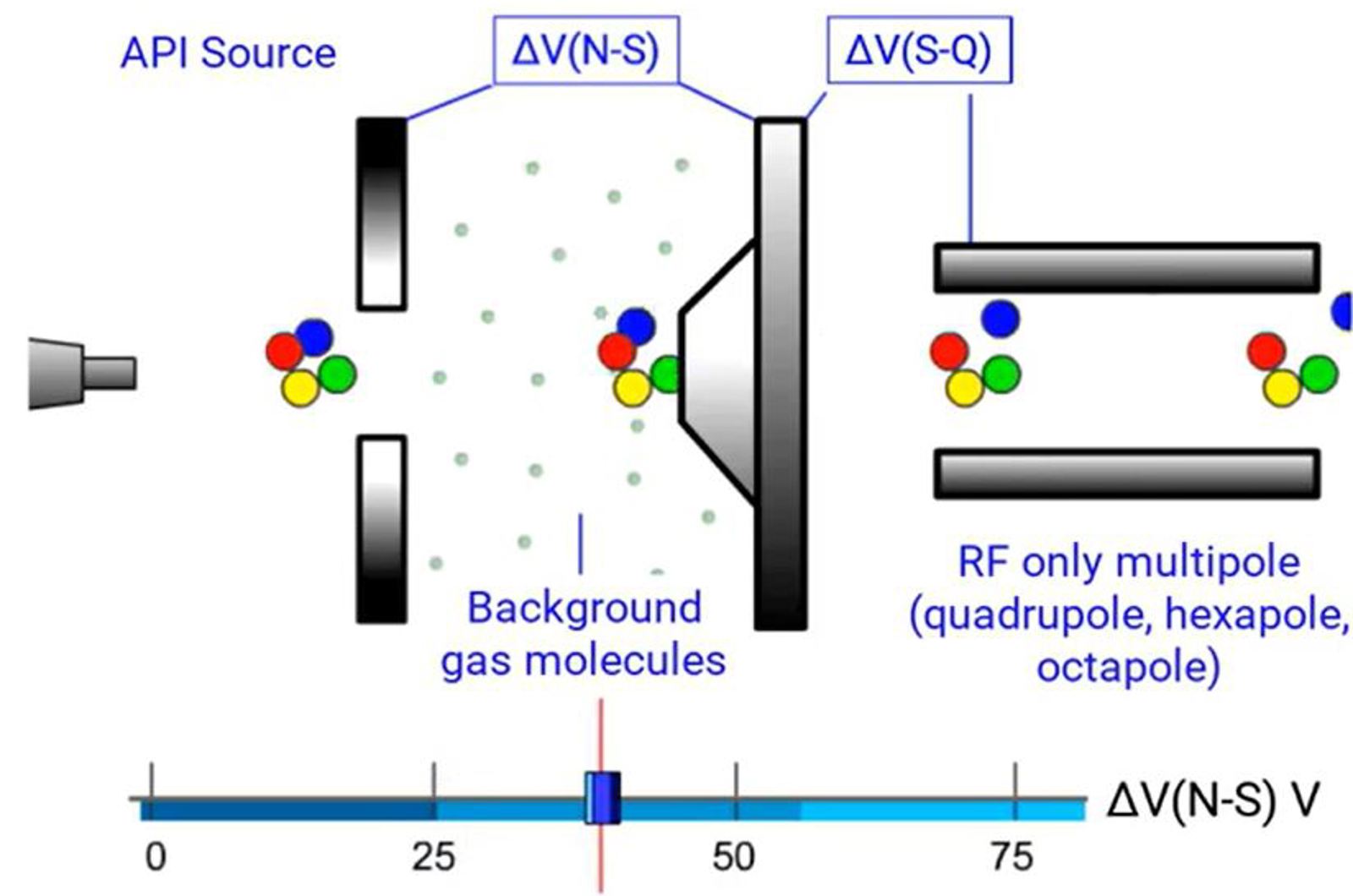
Electrospray Ionization Instrumentation
Electrospray is the dispersion of a liquid into electrically charged droplets, combining the two processes of droplet formation and droplet charging. This module discusses the major components of an electrospray interface and investigates methods for optimizing signal.
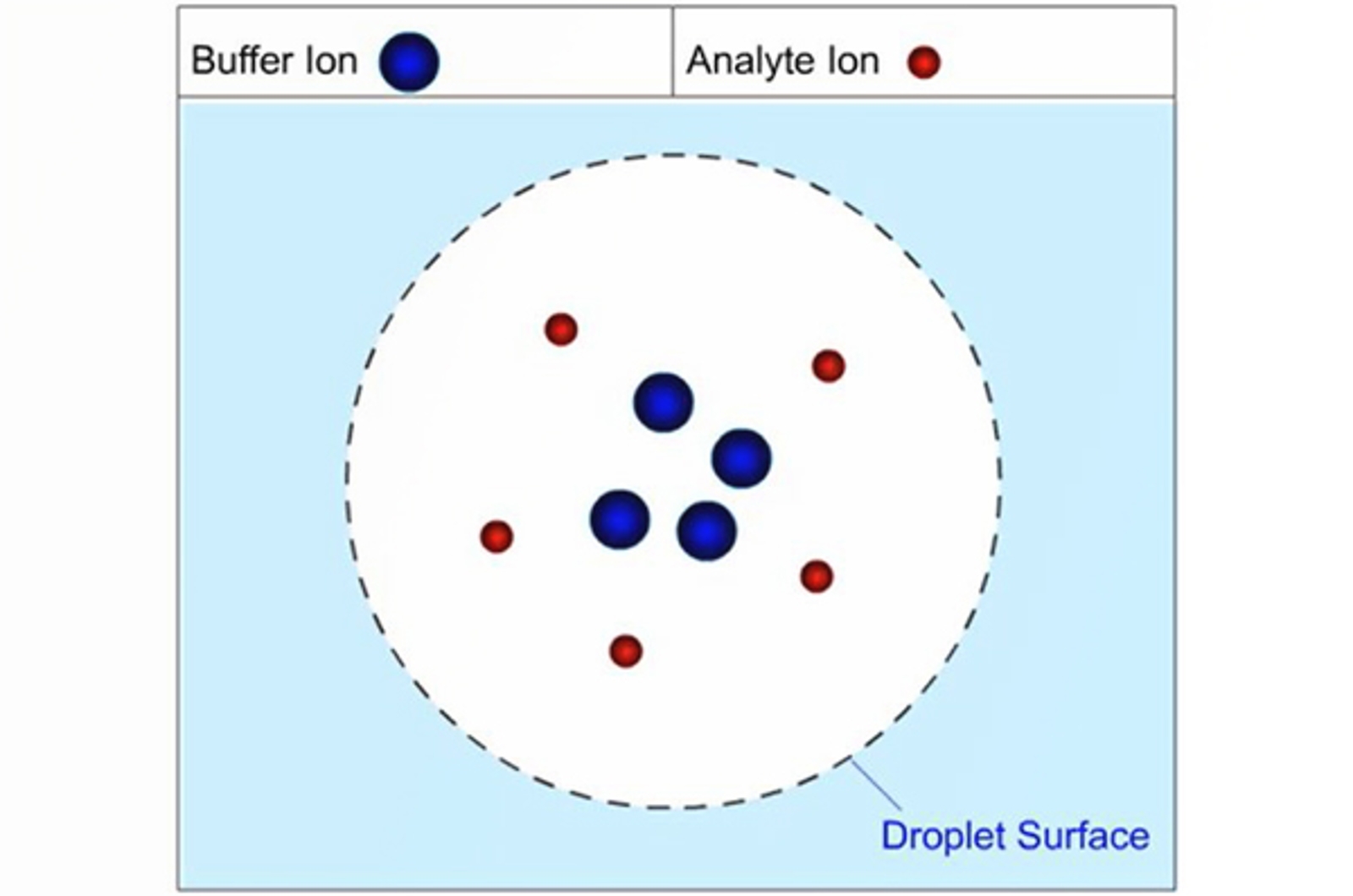
Solvents, Buffers, and Additives
In this module we will examine common additives used in LC-MS and explain the role of solvents, buffers and eluent pH in signal optimization.
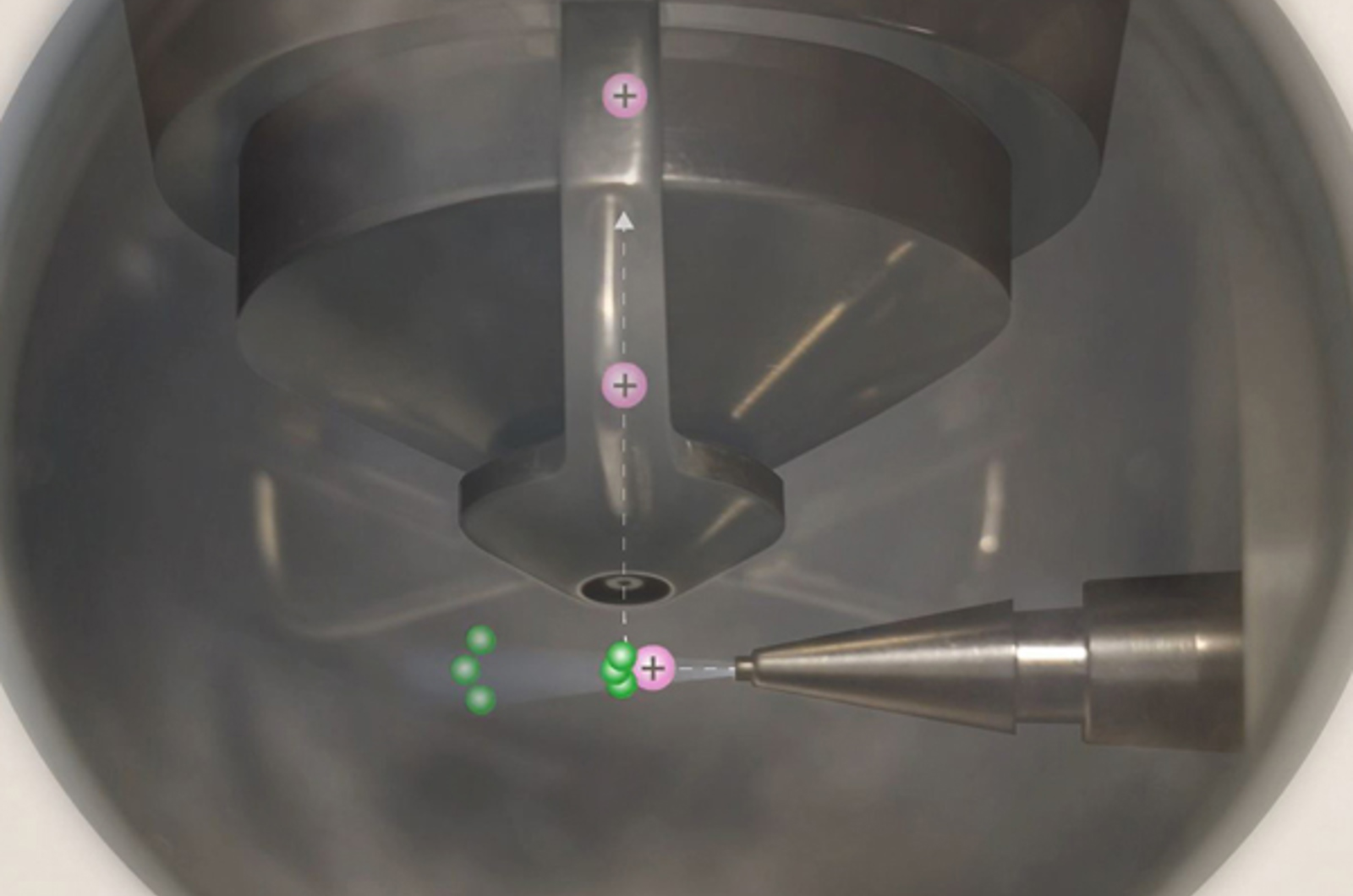
Practical LC-MS Video Bootcamp
Working at a real LC-MS system and with real data, our technical team methodically take you through the practical process of LC-MS; from basic instrument setup, to mobile phase and signal optimization, and up to complex MS/MS experiments.
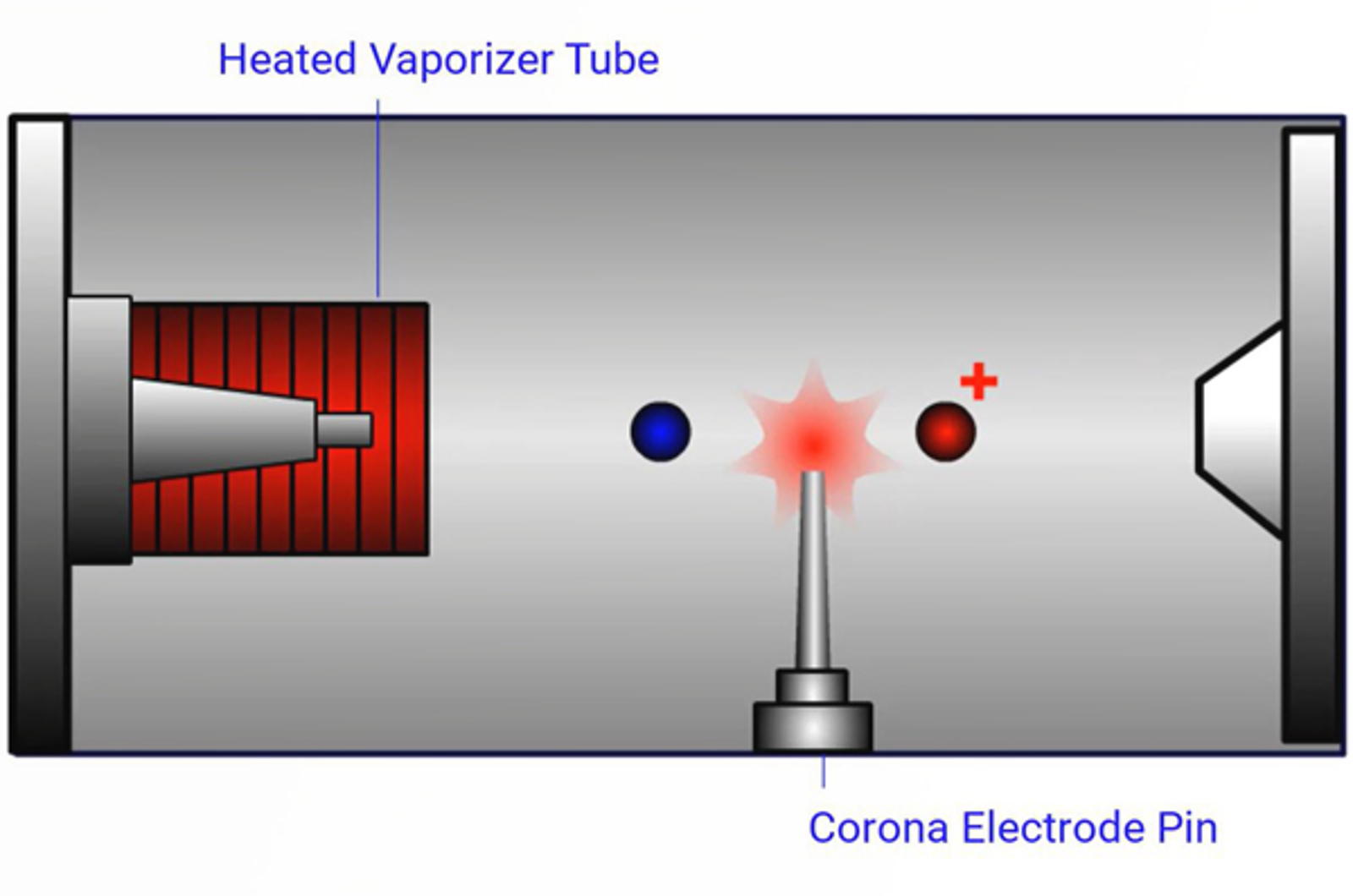
Atmospheric Pressure Chemical Ionization (APCI) Theory
This module introduces atmospheric pressure chemical ionization (APCI) concepts, explains the function of each component of the APCI interface, and investigates ways in which to optimize and troubleshoot the technique.
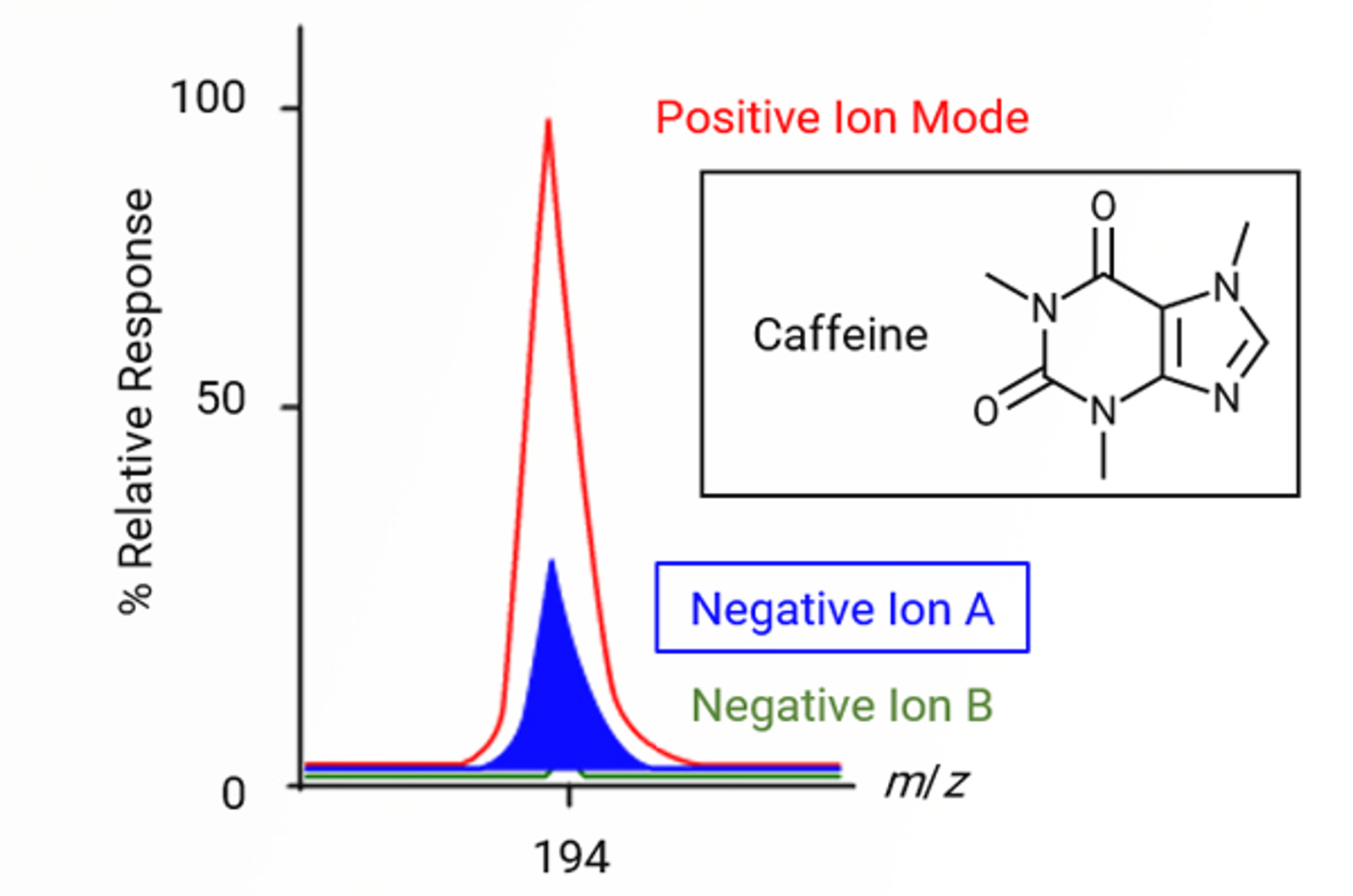
Atmospheric Pressure Chemical Ionization (APCI) Technique
This module explains the important parameters when using atmospheric pressure chemical ionization (APCI) and offers practical tips on source parameter optimization.
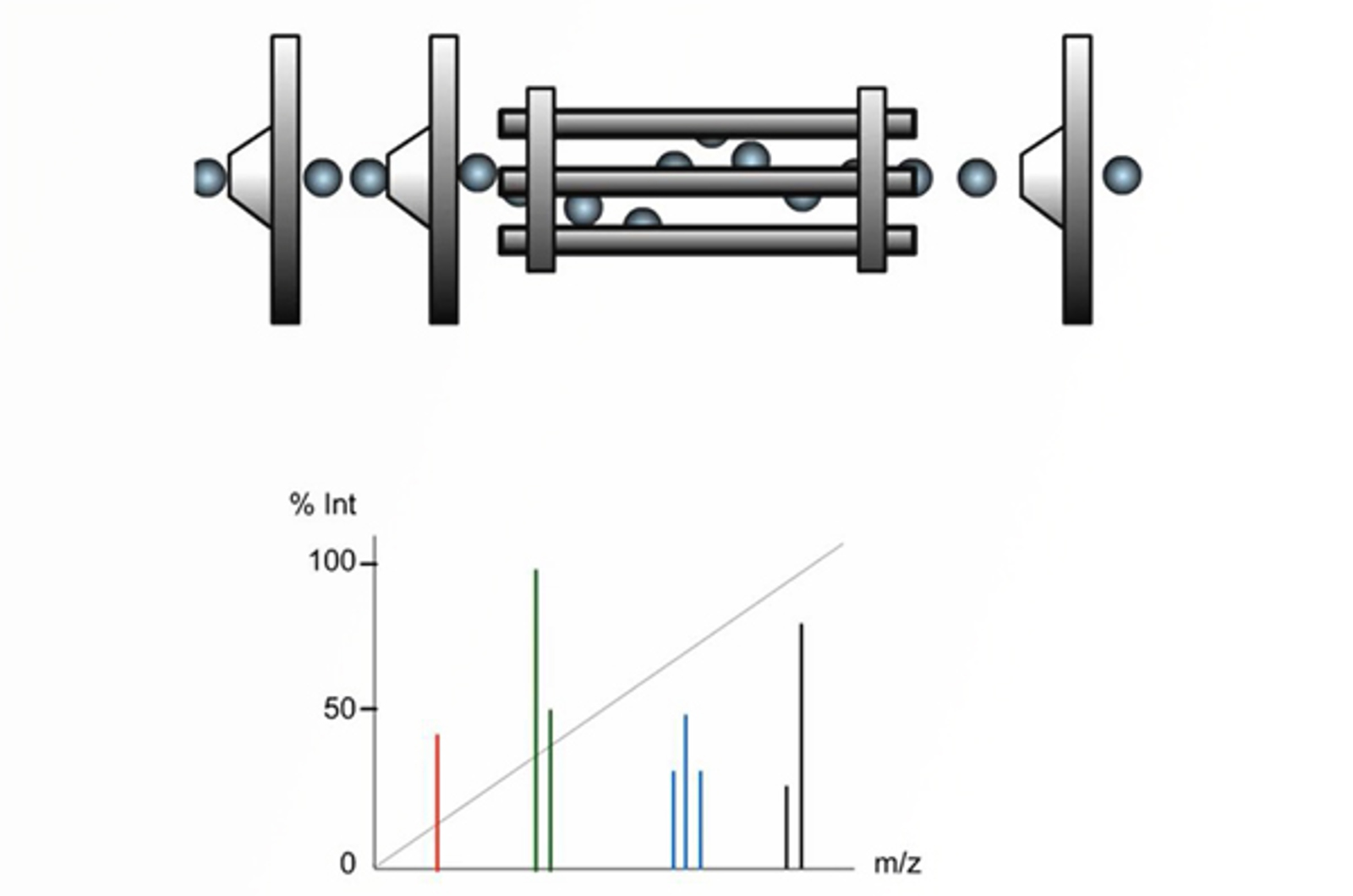
Introduction to Mass Analyzers
This module will introduce the commonly used mass analyzers for LC-MS.
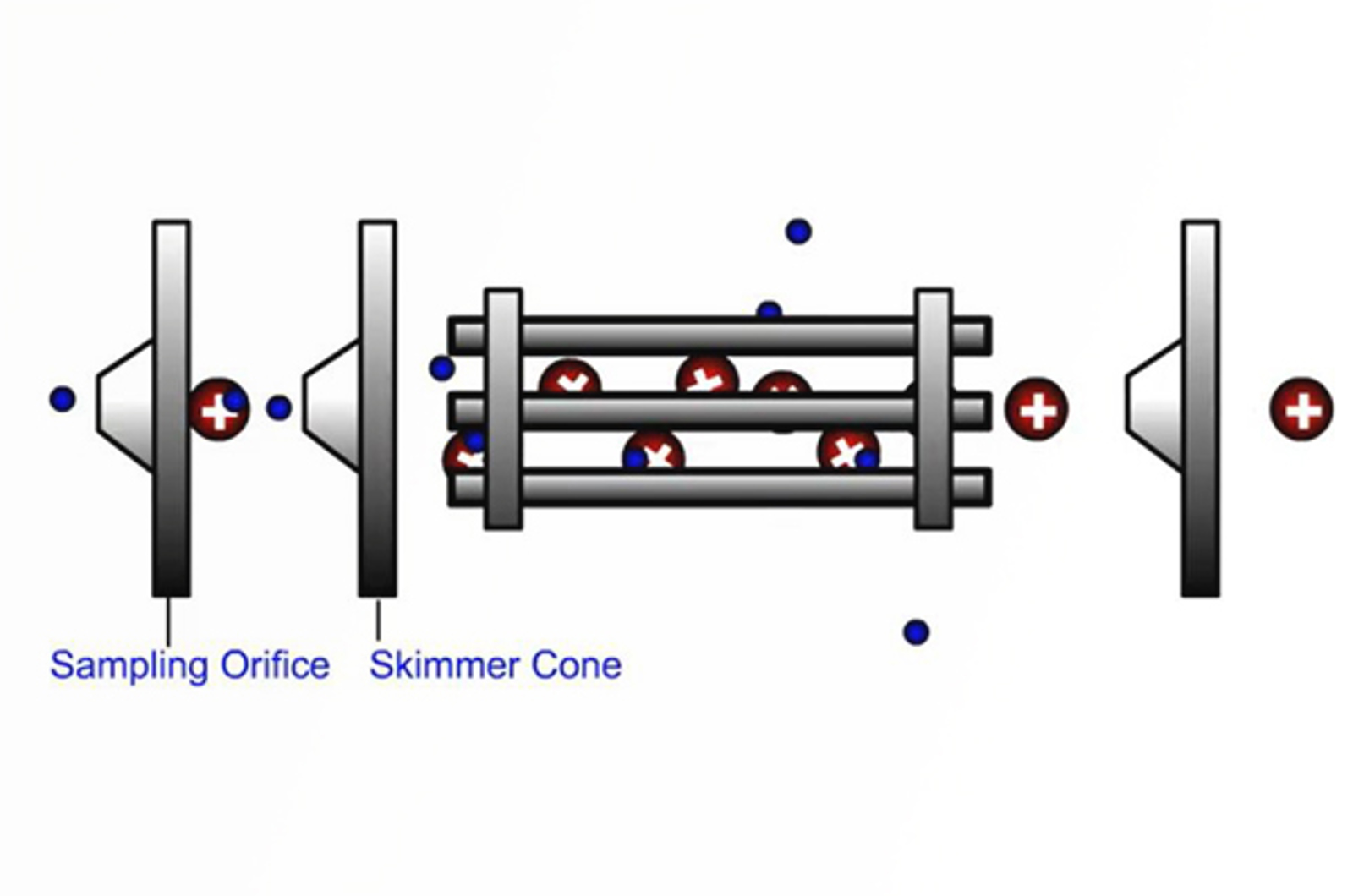
Quadrupole Mass Analyzers
In quadrupole mass analyzing devices, electric fields are used to separate ions according to their mass-to-charge ratio (m/z) as they pass along the central axis of four parallel equidistant rods (or poles) that have fixed (DC) and alternating (RF) voltages applied to them. This module will explain the theory and principles of quadrupole mass analyzers.
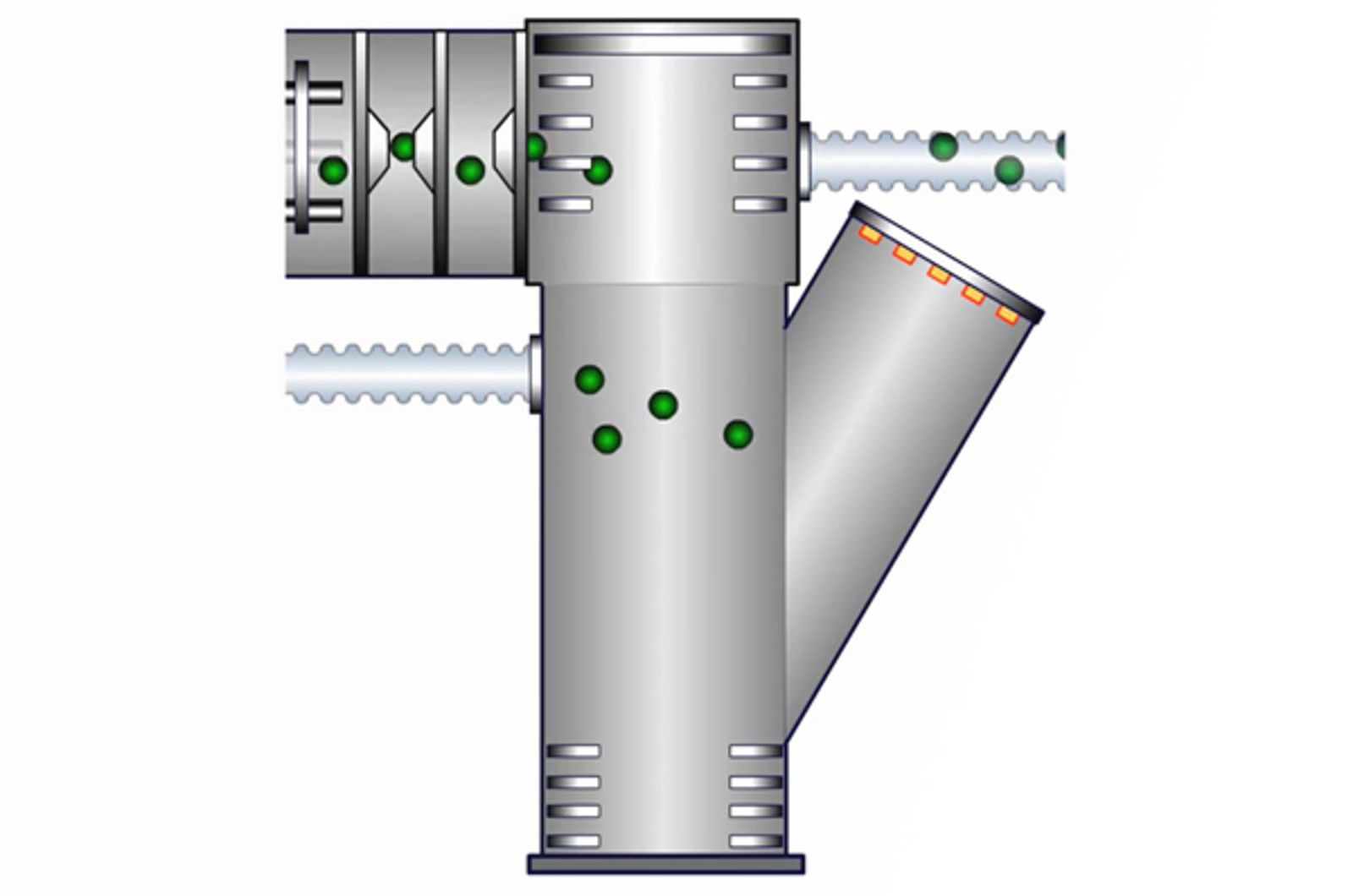
Time-of-Flight (ToF) Mass Analyzers
This module details the basic principles of mass analysis using time-of-flight (ToF) mass analyzers.
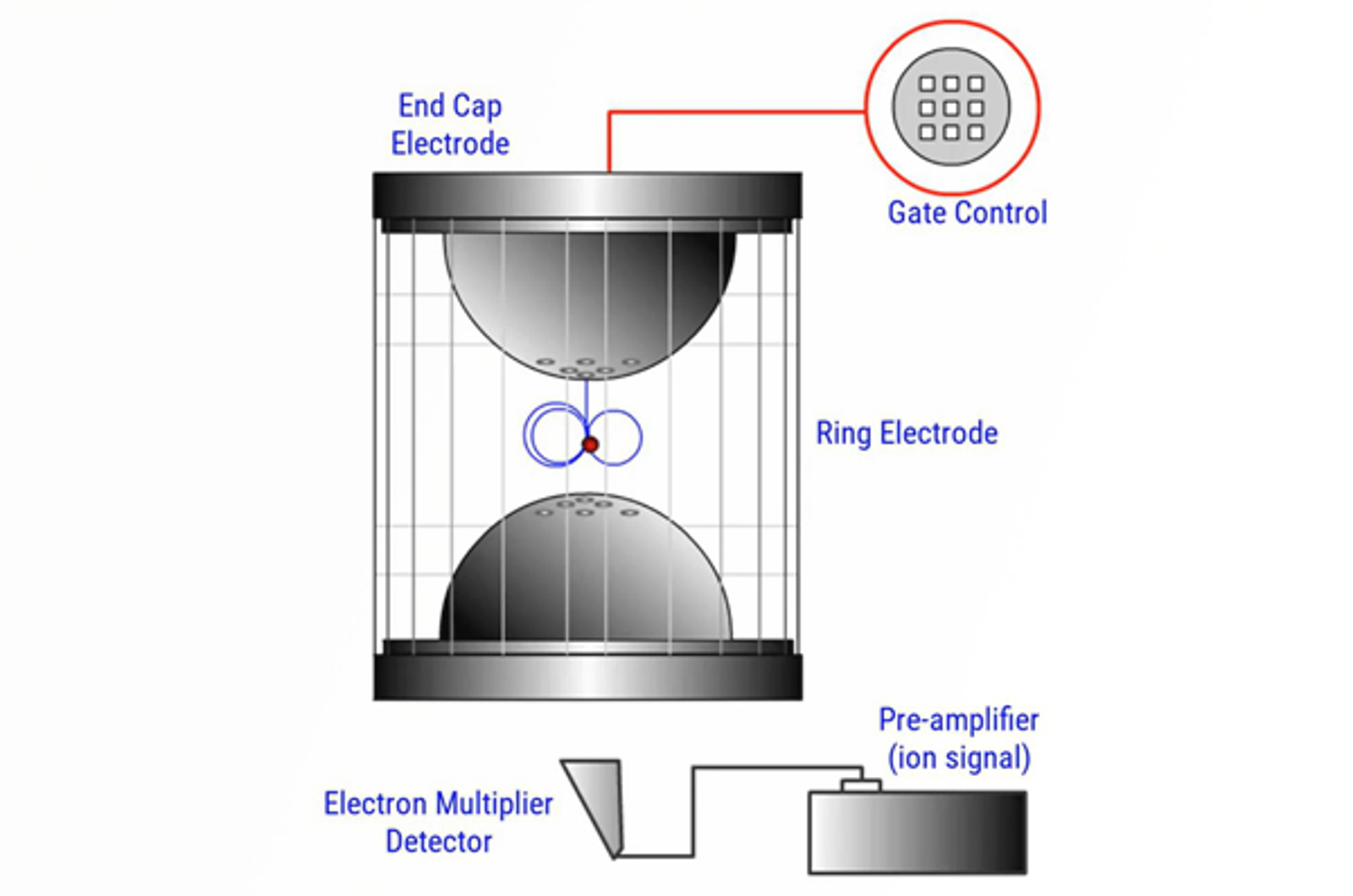
Ion Trap Mass Analyzers
Ion trap mass analyzers use oscillating electric fields (RF) to trap ions in a controlled manner. This module will explore the theory and principles of ion trap mass analyzers and their usefulness in qualitative analysis.

